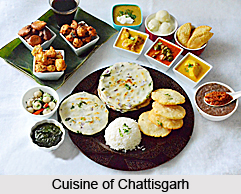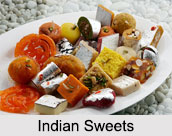 Botanical name:Levisticum officinale Koth.
Botanical name:Levisticum officinale Koth.
Family name:Umbelliferae.
Lovage grows well in almost any soil, especially well-drained soil where maize or potatoes can be produced satisfactorily. Seed or root division propagates it. The roots are dug out in October of the second or third year after setting the plants. The freshly dug out roots are washed, cut into slices about 13 mm thick and carefully dried. Artificial drying at 52 degree C may be used to hasten drying. A yield of 450 kg. of dried root per acre is reported. Harvest season : September to October
Marketing season : November to December
 The root has long been supposed to have medicinal properties and is in demand in the drug trade. The roots, seeds and leaves are used for flavoring foods.
The seeds are used for flavoring confectionery. Flavoring tops yield a volatile oil. The leaf stems are sometimes blanched like celery and eaten as a salad. The comminuted dry roots, on steam distillation, yield volatile oil, known in the trade as `Lovage oil`.
The root has long been supposed to have medicinal properties and is in demand in the drug trade. The roots, seeds and leaves are used for flavoring foods.
The seeds are used for flavoring confectionery. Flavoring tops yield a volatile oil. The leaf stems are sometimes blanched like celery and eaten as a salad. The comminuted dry roots, on steam distillation, yield volatile oil, known in the trade as `Lovage oil`.
Early Romans & Greeks valued Lovage for its antiseptic properties. It is used is a variety of foods like casseroles, soups, sauces etc. It can be used effectively as a substitute for celery because of its pleasant and yeasty flavor
Lovage has a sharp but pleasant smell.Lovage can be successfully cultivated in almost all types of soils. A well - drained soil will be of better advantage.The major contribution of Lovage comes from the Nilgiris in Tamil Nadu. It is also cultivated as homestead garden crop in Ooty. Tracts of Central India offer excellent scope for large-scale production of this spice.




















